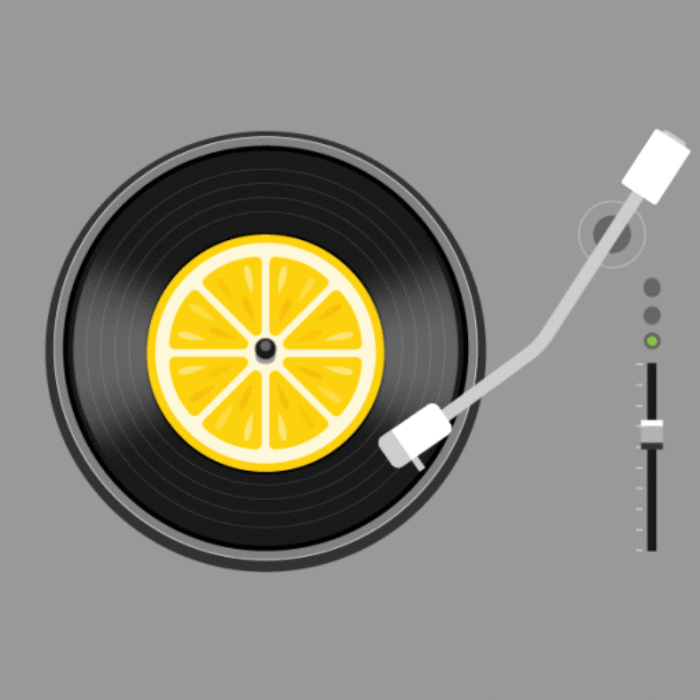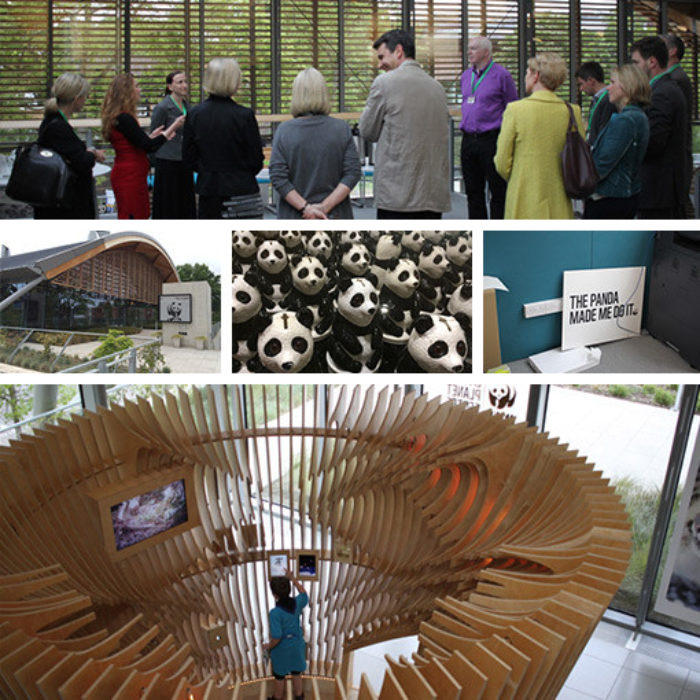Birmingham Calling – BDF 2018
Birmingham Design Festival 2018
What makes a great design festival experience?
Exposure and openness to inspiring ideas, rather than business card swapping and showreels, is what makes a great design festival experience.
In June I had the opportunity to attend the inaugural Birmingham Design Festival – an event that promised to be “a celebration of the local, national and international design industry held over four days”.
Intrigued by the idea of a new and ambitious event taking place outside of London’s orbit, as well as the titles of the talks on offer, I bought a ticket for the opening day and boarded a train. Here’s my round-up of Thursday’s highlight talks and key takeaways.
1. Designing for real people – Karl Randay
It sounds obvious, but design can still be very easily compromised by wider influences on a project at any point (off-brand colour preference and intolerance of wasteful white space are classic examples). Karl, Head of Design at 383, gave a solid guide to staying on course. His belief is that a campaign can only be truly successful by deploying what we know about people from behavioural science, psychology, demographics, biases and emotional complexity– a view many of us are on-board with.
But there’s a pretty good chance of this getting very complex without a map. So, 383 have developed a deceptively simple 6-step universal guide to their design principles– all designed to ensure a solution that will make it much easier for an audience to make an informed choice:
- Design for utility
- Design should strive to be invisible
- Design for failure
- Simplify everything
- Little things make a difference
- No surprises
I like these a lot – simple and pointed signposts designed to underpin the user experience rather than self-mythologise. As Karl pointed out, humans can make 11 million subconscious decisions per second, but that drops to only 40 when conscious. 40. So poor delivery (with complex UX, for instance) will disrupt the natural journey and decrease the odds of completion – keep things simple, invisible and functional to appeal to system 1 thinking, for optimal ease-of use. Google’s use of material design and Virgin Atlantic’s ticket booking nicely illustrated successful use of such cognitive fluency, while Error 404 made a cameo as the ultimate dead-end disruption.
One-sentence take-out:
Make the complex simple and functional and keep the journey invisible and secure.
2. Say ‘Yes’, deal with everything else later – Fee Sheal
I like to plan, and I like security. That mindset can be pretty limiting to saying ‘Yes’. Life has recently prompted me to address my goals, so I was naturally very interested to see if Fee Sheal could coax me toward an instant response.
It didn’t go as I expected (spoiler: not in a bad way). This talk was perhaps my biggest surprise. Fee Sheal is a Digital and Motion Designer, but she is also the Chapter Leader of Ladies Wine Design Edinburgh (LWD), part of a worldwide network that provides support and encouragement to give women confidence to compete in a field in which they are under-represented: for instance, only 15% of Creative Directors in the UK are female. And it was this that informed her talk.
Fee’s story began with her decision to move from the back of the room as an organiser to the podium as an influencer. She simply said ‘Yes’ to the challenge. Simple – all it required was faith against uncertainty. Interesting. She was untested and untrained in this area, but she still said ‘Yes’ in what she called a ‘fake it till you make it’ moment. The confidence to take that choice had started with Fee’s decision to get involved with LWD, only to watch it slowly fail, before taking the decision not to give up, but to say ‘Yes’ again to the harder, unclear route of redefining the event’s heart – and to great success, creating a nurturing environment for a wealth of creative women.
A key element of this success was inspiring other women to offer themselves as speakers, who then delivered their own inspiring stories to further encourage others to frame their own stories, with the mission to make imbalance a past issue (at present pace that’s a hefty 30 years away, hence the real need for encouragement and game-changers to reduce that significantly).
Fee noted that she was pleased that there was a decent male presence at this talk – at what might be seen as a feminist call to action. Confessionally, I don’t think we really earned that – the official web description offered little indication of the direction of the specific content beyond the blurb. But its subject made for a hugely inspirational talk. Experiencing others’ perspectives and accessing new thought paths are surely the point of these events. Fee’s commitment to championing equality across all descriptors was impressive and was solidly entwined with the core theme. And that all started with a ‘Yes’.
One-sentence take-out:
In the end, the invitation was clear: “Say ‘Yes’, surrender yourself to the people who will hold you to that, and become the person who will inspire that in others… take that leap of faith.”
3. What’s the opposite of Imposter Syndrome? – Gemma Germains
The creative industry is a bugger for inflaming that nagging feeling of self-doubt – the irrational danger of being found lacking. Gemma Germains of Dare gave a talk that promised to ‘look at how confidence is earned, owned and why it’s probably not wise to fake it till you make it’.
Starting with a confession that she had actually rewritten her talk that morning was an early demonstration of Gemma’s own confidence (another is the first slide: “F’ you, I’m brilliant”), which led nicely into an examination of the industry that’s arisen around the concept of confidence.
It began comically with misguided political power poses* but moved on to where real confidence actually comes from. Gemma makes a very good argument that it’s simply not dying from our mistakes. And further, that surviving such mistakes regularly will convince you that you are actually invincible, or at least that mistakes are rarely fatal.
The big rug-pull came when Gemma confessed that she didn’t think Imposter Syndrome – a psychological pattern in which people doubt their accomplishments and have a persistent, often internalized fear of being exposed as a fraud – actually exists in its defined form. What if Imposter Syndrome is actually just an instinctive reaction to people refusing to give our ideas the consideration they deserve, triggering worry that they are just bad ideas? She noted, for example, that pioneering female business high-flyers often had to cope with this reaction, and many also detailed suffering from Imposter Syndrome. So, what if it’s them, those people who resist unfamiliar ideas, and not us? Can we then stop blaming ourselves and pursue our instincts?
Gemma then took time to consider how useful is it to ‘fake it until you make it’? Her advice was: done that but prefer to actually know, so embrace Google – do the research, know your stuff.
Then to the crux: what if Imposter Syndrome is actually a good thing? What if we listen to that voice instead of pushing it away? What if we see it as a wariness that we can recognise as protective but not final, that we can listen to, rationalise and then move past with confidence to where we want to go.
One-sentence take-out:
Follow your gut instinct and don’t be scared to make mistakes, because it turns out that mistakes can be very educational – and they’re rarely fatal.



